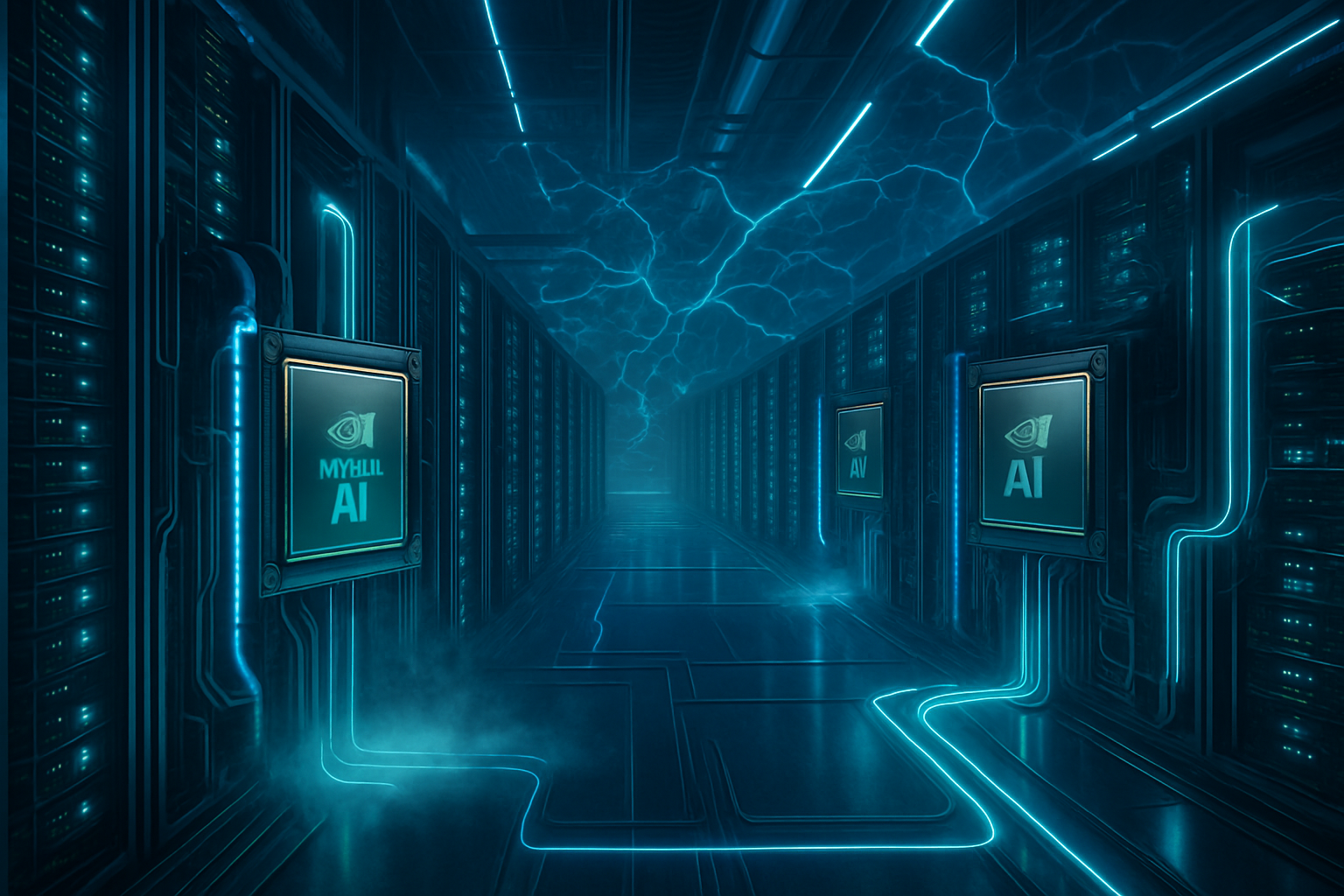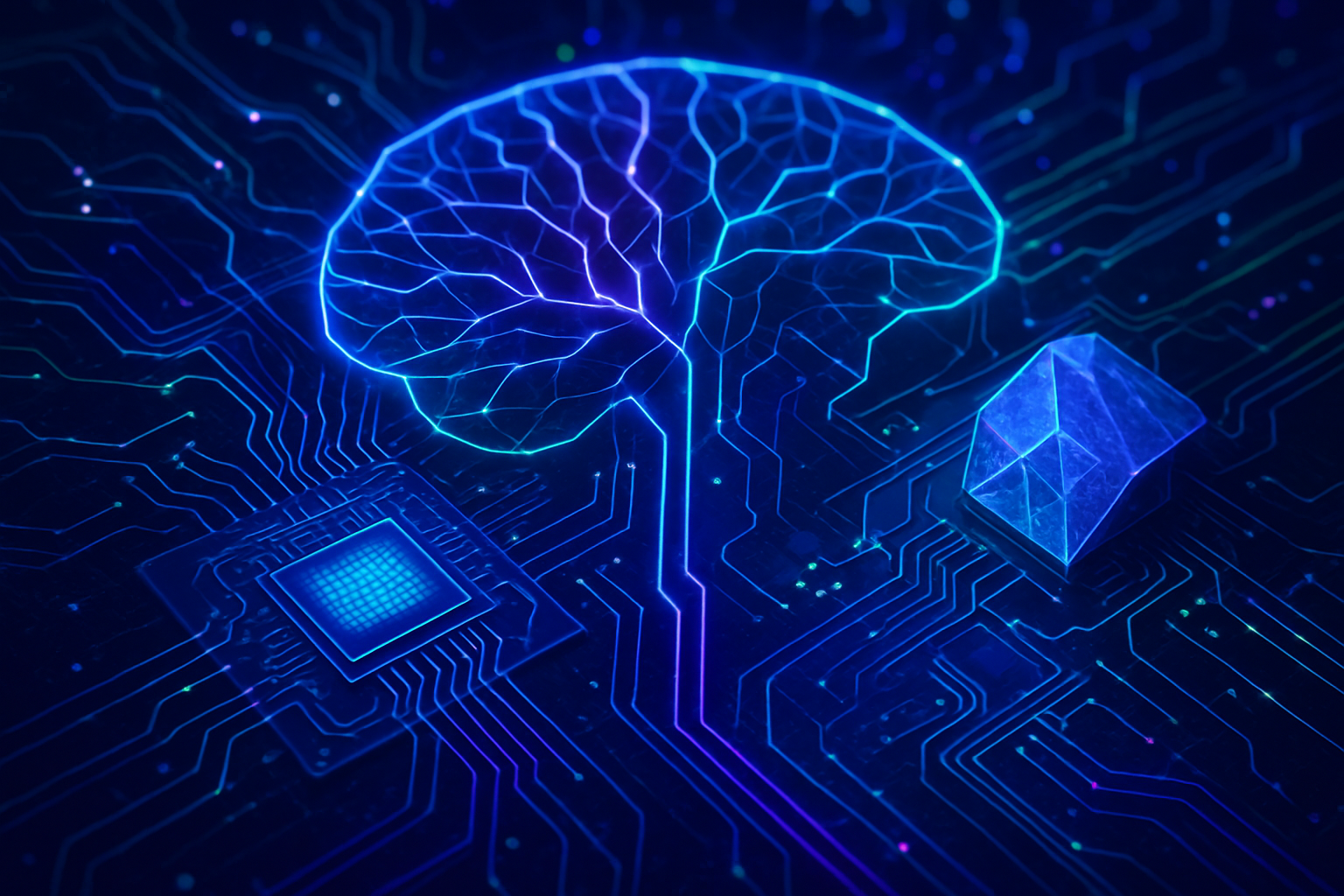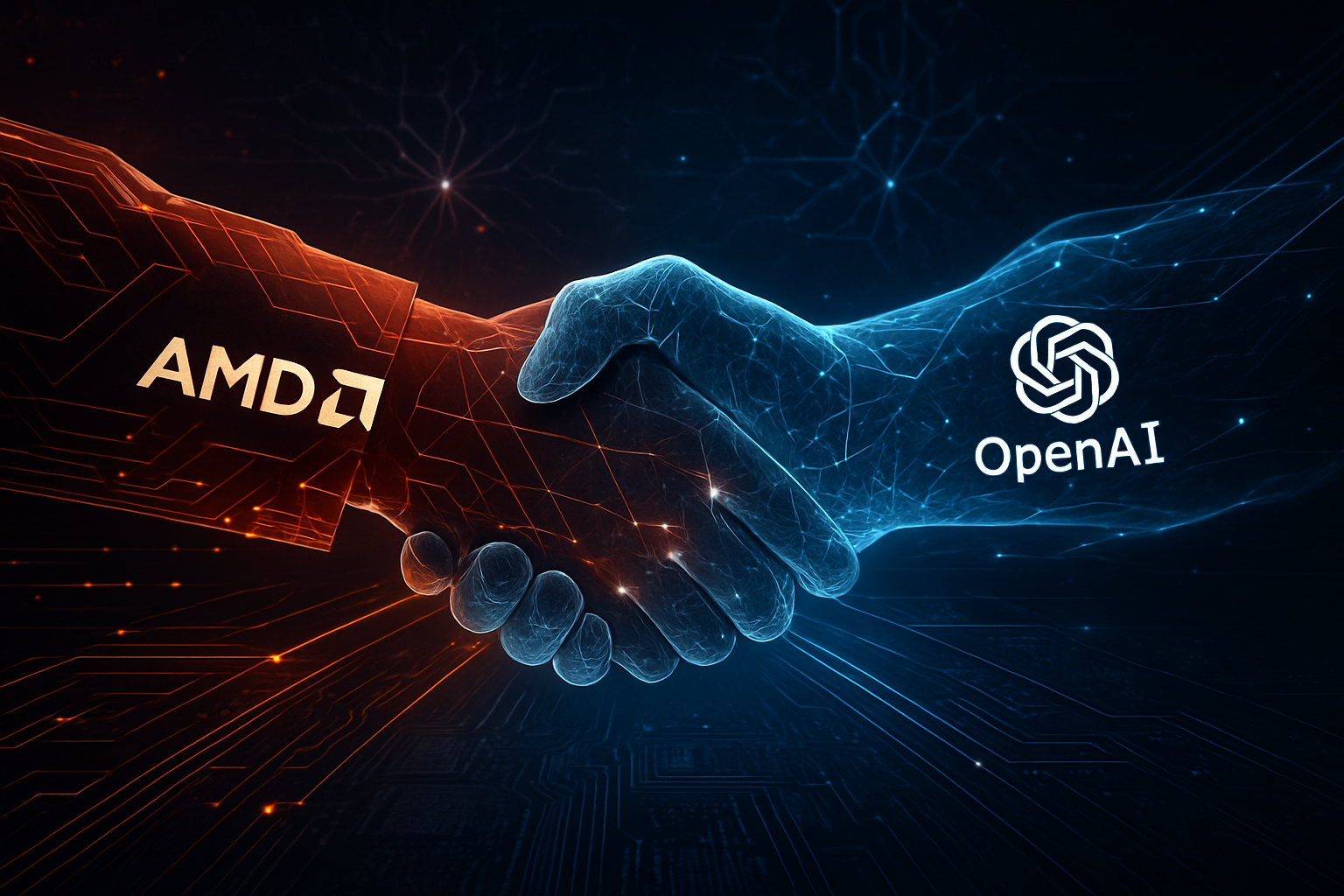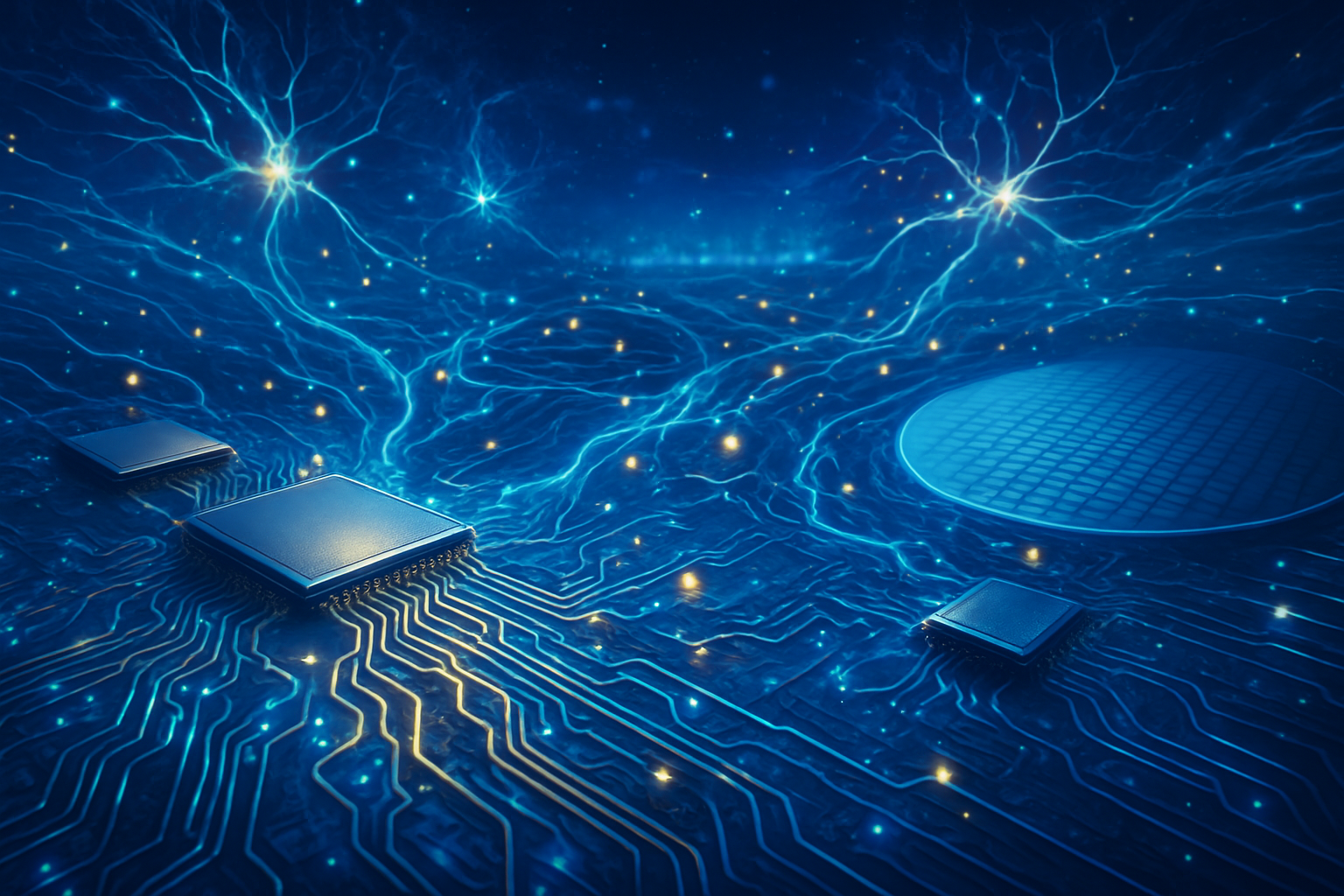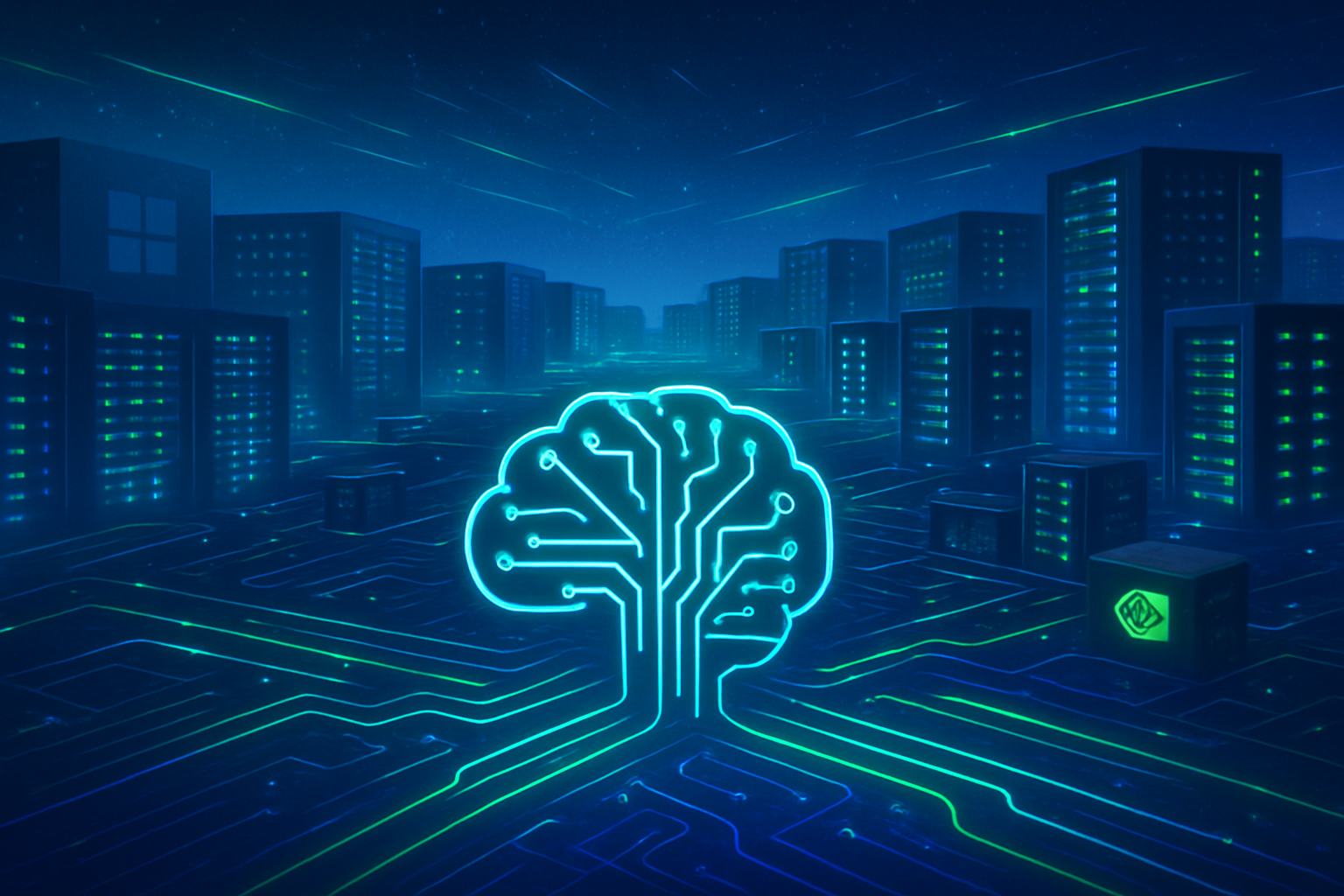Nvidia Corporation (NASDAQ: NVDA) is not just building chips; it's architecting the very foundations of a new industrial revolution powered by artificial intelligence. With its next-generation AI factory computing platforms, Blackwell and the upcoming Rubin, the company is dramatically escalating the capabilities of AI, pushing beyond large language models to unlock an era of reasoning and agentic AI. These platforms represent a holistic vision for transforming data centers into "AI factories" – highly optimized environments designed to convert raw data into actionable intelligence on an unprecedented scale, profoundly impacting every sector from cloud computing to robotics.
The immediate significance of these developments lies in their ability to accelerate the training and deployment of increasingly complex AI models, including those with trillions of parameters. Blackwell, currently shipping, is already enabling unprecedented performance and efficiency for generative AI workloads. Looking ahead, the Rubin platform, slated for release in early 2026, promises to further redefine the boundaries of what AI can achieve, paving the way for advanced reasoning engines and real-time, massive-context inference that will power the next generation of intelligent applications.
Engineering the Future: Power, Chips, and Unprecedented Scale
Nvidia's Blackwell and Rubin architectures are engineered with meticulous detail, focusing on specialized power delivery, groundbreaking chip design, and revolutionary interconnectivity to handle the most demanding AI workloads.
The Blackwell architecture, unveiled in March 2024, is a monumental leap from its Hopper predecessor. At its core is the Blackwell GPU, such as the B200, which boasts an astounding 208 billion transistors, more than 2.5 times that of Hopper. Fabricated on a custom TSMC (NYSE: TSM) 4NP process, each Blackwell GPU is a unified entity comprising two reticle-limited dies connected by a blazing 10 TB/s NV-High Bandwidth Interface (NV-HBI), a derivative of the NVLink 7 protocol. These GPUs are equipped with up to 192 GB of HBM3e memory, offering 8 TB/s bandwidth, and feature a second-generation Transformer Engine that adds support for FP4 (4-bit floating point) and MXFP6 precision, alongside enhanced FP8. This significantly accelerates inference and training for LLMs and Mixture-of-Experts models. The GB200 Grace Blackwell Superchip, integrating two B200 GPUs with one Nvidia Grace CPU via a 900GB/s ultra-low-power NVLink, serves as the building block for rack-scale systems like the liquid-cooled GB200 NVL72, which can achieve 1.4 exaflops of AI performance. The fifth-generation NVLink allows up to 576 GPUs to communicate with 1.8 TB/s of bidirectional bandwidth per GPU, a 14x increase over PCIe Gen5.
Compared to Hopper (e.g., H100/H200), Blackwell offers a substantial generational leap: up to 2.5 times faster for training and up to 30 times faster for cluster inference, with a remarkable 25 times better energy efficiency for certain inference workloads. The introduction of FP4 precision and the ability to connect 576 GPUs within a single NVLink domain are key differentiators.
Looking ahead, the Rubin architecture, slated for mass production in late 2025 and general availability in early 2026, promises to push these boundaries even further. Rubin GPUs will be manufactured by TSMC using a 3nm process, a generational leap from Blackwell's 4NP. They will feature next-generation HBM4 memory, with the Rubin Ultra variant (expected 2027) boasting a massive 1 TB of HBM4e memory per package and four GPU dies per package. Rubin is projected to deliver 50 petaflops performance in FP4, more than double Blackwell's 20 petaflops, with Rubin Ultra aiming for 100 petaflops. The platform will introduce a new custom Arm-based CPU named "Vera," succeeding Grace. Crucially, Rubin will feature faster NVLink (NVLink 6 or 7) doubling throughput to 260 TB/s, and a new CX9 link for inter-rack communication. A specialized Rubin CPX GPU, designed for massive-context inference (million-token coding, generative video), will utilize 128GB of GDDR7 memory. To support these demands, Nvidia is championing an 800 VDC power architecture for "gigawatt AI factories," promising increased scalability, improved energy efficiency, and reduced material usage compared to traditional systems.
Initial reactions from the AI research community and industry experts have been overwhelmingly positive. Major tech players like Amazon Web Services (NASDAQ: AMZN), Google (NASDAQ: GOOGL), Meta Platforms (NASDAQ: META), Microsoft (NASDAQ: MSFT), Oracle (NYSE: ORCL), OpenAI, Tesla (NASDAQ: TSLA), and xAI have placed significant orders for Blackwell GPUs, with some analysts calling it "sold out well into 2025." Experts view Blackwell as "the most ambitious project Silicon Valley has ever witnessed," and Rubin as a "quantum leap" that will redefine AI infrastructure, enabling advanced agentic and reasoning workloads.
Reshaping the AI Industry: Beneficiaries, Competition, and Disruption
Nvidia's Blackwell and Rubin platforms are poised to profoundly reshape the artificial intelligence industry, creating clear beneficiaries, intensifying competition, and introducing potential disruptions across the ecosystem.
Nvidia (NASDAQ: NVDA) itself is the primary beneficiary, solidifying its estimated 80-90% market share in AI accelerators. The "insane" demand for Blackwell and its rapid adoption, coupled with the aggressive annual update strategy towards Rubin, is expected to drive significant revenue growth for the company. TSMC (NYSE: TSM), as the exclusive manufacturer of these advanced chips, also stands to gain immensely.
Cloud Service Providers (CSPs) are major beneficiaries, including Amazon Web Services (AWS), Microsoft Azure, Google Cloud, and Oracle Cloud Infrastructure (NYSE: ORCL), along with specialized AI cloud providers like CoreWeave and Lambda. These companies are heavily investing in Nvidia's platforms to build out their AI infrastructure, offering advanced AI tools and compute power to a broad range of businesses. Oracle, for example, is planning to build "giga-scale AI factories" using the Vera Rubin architecture. High-Bandwidth Memory (HBM) suppliers like Micron Technology (NASDAQ: MU), SK Hynix, and Samsung will see increased demand for HBM3e and HBM4. Data center infrastructure companies such as Super Micro Computer (NASDAQ: SMCI) and power management solution providers like Navitas Semiconductor (NASDAQ: NVTS) (developing for Nvidia's 800 VDC platforms) will also benefit from the massive build-out of AI factories. Finally, AI software and model developers like OpenAI and xAI are leveraging these platforms to train and deploy their next-generation models, with OpenAI planning to deploy 10 gigawatts of Nvidia systems using the Vera Rubin platform.
The competitive landscape is intensifying. Nvidia's rapid, annual product refresh cycle with Blackwell and Rubin sets a formidable pace that rivals like Advanced Micro Devices (NASDAQ: AMD) and Intel (NASDAQ: INTC) struggle to match. Nvidia's robust CUDA software ecosystem, developer tools, and extensive community support remain a significant competitive moat. However, tech giants are also developing their own custom AI silicon (e.g., Google's TPUs, Amazon's Trainium/Inferentia, Microsoft's Maia) to reduce dependence on Nvidia and optimize for specific internal workloads, posing a growing challenge. This "AI chip war" is forcing accelerated innovation across the board.
Potential disruptions include a widening performance gap between Nvidia and its competitors, making it harder for others to offer comparable solutions. The escalating infrastructure costs associated with these advanced chips could also limit access for smaller players. The immense power requirements of "gigawatt AI factories" will necessitate significant investments in new power generation and advanced cooling solutions, creating opportunities for energy providers but also raising environmental concerns. Finally, Nvidia's strong ecosystem, while a strength, can also lead to vendor lock-in, making it challenging for companies to switch hardware. Nvidia's strategic advantage lies in its technological leadership, comprehensive full-stack AI ecosystem (CUDA), aggressive product roadmap, and deep strategic partnerships, positioning it as the critical enabler of the AI revolution.
The Dawn of a New Intelligence Era: Broader Significance and Future Outlook
Nvidia's Blackwell and Rubin platforms are more than just incremental hardware upgrades; they are foundational pillars designed to power a new industrial revolution centered on artificial intelligence. They fit into the broader AI landscape as catalysts for the next wave of advanced AI, particularly in the realm of reasoning and agentic systems.
The "AI factory" concept, championed by Nvidia, redefines data centers from mere collections of servers into specialized hubs for industrializing intelligence. This paradigm shift is essential for transforming raw data into valuable insights and intelligent models across the entire AI lifecycle. These platforms are explicitly designed to fuel advanced AI trends, including:
- Reasoning and Agentic AI: Moving beyond pattern recognition to systems that can think, plan, and strategize. Blackwell Ultra and Rubin are built to handle the orders of magnitude more computing performance these require.
- Trillion-Parameter Models: Enabling the efficient training and deployment of increasingly large and complex AI models.
- Inference Ubiquity: Making AI inference more pervasive as AI integrates into countless devices and applications.
- Full-Stack Ecosystem: Nvidia's comprehensive ecosystem, from CUDA to enterprise platforms and simulation tools like Omniverse, provides guaranteed compatibility and support for organizations adopting the AI factory model, even extending to digital twins and robotics.
The impacts are profound: accelerated AI development, economic transformation (Blackwell-based AI factories are projected to generate significantly more revenue than previous generations), and cross-industry revolution across healthcare, finance, research, cloud computing, autonomous vehicles, and smart cities. These capabilities unlock possibilities for AI models that can simulate complex systems and even human reasoning.
However, concerns persist regarding the initial cost and accessibility of these solutions, despite their efficiency gains. Nvidia's market dominance, while a strength, faces increasing competition from hyperscalers developing custom silicon. The sheer energy consumption of "gigawatt AI factories" remains a significant challenge, necessitating innovations in power delivery and cooling. Supply chain resilience is also a concern, given past shortages.
Comparing Blackwell and Rubin to previous AI milestones highlights an accelerating pace of innovation. Blackwell dramatically surpasses Hopper in transistor count, precision (introducing FP4), and NVLink bandwidth, offering up to 2.5 times the training performance and 25 times better energy efficiency for inference. Rubin, in turn, is projected to deliver a "quantum jump," potentially 16 times more powerful than Hopper H100 and 2.5 times more FP4 inference performance than Blackwell. This relentless innovation, characterized by a rapid product roadmap, drives what some refer to as a "900x speedrun" in performance gains and significant cost reductions per unit of computation.
The Horizon: Future Developments and Expert Predictions
Nvidia's roadmap extends far beyond Blackwell, outlining a future where AI computing is even more powerful, pervasive, and specialized.
In the near term, the Blackwell Ultra (B300-series), expected in the second half of 2025, will offer an approximate 1.5x speed increase over the base Blackwell model. This continuous iterative improvement ensures that the most cutting-edge performance is always within reach for developers and enterprises.
Longer term, the Rubin AI platform, arriving in early 2026, will feature an entirely new architecture, advanced HBM4 memory, and NVLink 6. It's projected to offer roughly three times the performance of Blackwell. Following this, the Rubin Ultra (R300), slated for the second half of 2027, promises to be over 14 times faster than Blackwell, integrating four reticle-limited GPU chiplets into a single socket to achieve 100 petaflops of FP4 performance and 1TB of HBM4E memory. Nvidia is also developing the Vera Rubin NVL144 MGX-generation open architecture rack servers, designed for extreme scalability with 100% liquid cooling and 800-volt direct current (VDC) power delivery. This will support the NVIDIA Kyber rack server generation by 2027, housing up to 576 Rubin Ultra GPUs. Beyond Rubin, the "Feynman" GPU architecture is anticipated around 2028, further pushing the boundaries of AI compute.
These platforms will fuel an expansive range of potential applications:
- Hyper-realistic Generative AI: Powering increasingly complex LLMs, text-to-video systems, and multimodal content creation.
- Advanced Robotics and Autonomous Systems: Driving physical AI, humanoid robots, and self-driving cars, with extensive training in virtual environments like Nvidia Omniverse.
- Personalized Healthcare: Enabling faster genomic analysis, drug discovery, and real-time diagnostics.
- Intelligent Manufacturing: Supporting self-optimizing factories and digital twins.
- Ubiquitous Edge AI: Improving real-time inference for devices at the edge across various industries.
Key challenges include the relentless pursuit of power efficiency and cooling solutions, which Nvidia is addressing through liquid cooling and 800 VDC architectures. Maintaining supply chain resilience amid surging demand and navigating geopolitical tensions, particularly regarding chip sales in key markets, will also be critical.
Experts largely predict Nvidia will maintain its leadership in AI infrastructure, cementing its technological edge through successive GPU generations. The AI revolution is considered to be in its early stages, with demand for compute continuing to grow exponentially. Predictions include AI server penetration reaching 30% of all servers by 2029, a significant shift towards neuromorphic computing beyond the next three years, and AI driving 3.5% of global GDP by 2030. The rise of "AI factories" as foundational elements of future hyperscale data centers is a certainty. Nvidia CEO Jensen Huang envisions AI permeating everyday life with numerous specialized AIs and assistants, and foresees data centers evolving into "AI factories" that generate "tokens" as fundamental units of data processing. Some analysts even predict Nvidia could surpass a $5 trillion market capitalization.
The Dawn of a New Intelligence Era: A Comprehensive Wrap-up
Nvidia's Blackwell and Rubin AI factory computing platforms are not merely new product releases; they represent a pivotal moment in the history of artificial intelligence, marking the dawn of an era defined by unprecedented computational power, efficiency, and scale. These platforms are the bedrock upon which the next generation of AI — from sophisticated generative models to advanced reasoning and agentic systems — will be built.
The key takeaways are clear: Nvidia (NASDAQ: NVDA) is accelerating its product roadmap, delivering annual architectural leaps that significantly outpace previous generations. Blackwell, currently operational, is already redefining generative AI inference and training with its 208 billion transistors, FP4 precision, and fifth-generation NVLink. Rubin, on the horizon for early 2026, promises an even more dramatic shift with 3nm manufacturing, HBM4 memory, and a new Vera CPU, enabling capabilities like million-token coding and generative video. The strategic focus on "AI factories" and an 800 VDC power architecture underscores Nvidia's holistic approach to industrializing intelligence.
This development's significance in AI history cannot be overstated. It represents a continuous, exponential push in AI hardware, enabling breakthroughs that were previously unimaginable. While solidifying Nvidia's market dominance and benefiting its extensive ecosystem of cloud providers, memory suppliers, and AI developers, it also intensifies competition and demands strategic adaptation from the entire tech industry. The challenges of power consumption and supply chain resilience are real, but Nvidia's aggressive innovation aims to address them head-on.
In the coming weeks and months, the industry will be watching closely for further deployments of Blackwell systems by major hyperscalers and early insights into the development of Rubin. The impact of these platforms will ripple through every aspect of AI, from fundamental research to enterprise applications, driving forward the vision of a world increasingly powered by intelligent machines.
This content is intended for informational purposes only and represents analysis of current AI developments.
TokenRing AI delivers enterprise-grade solutions for multi-agent AI workflow orchestration, AI-powered development tools, and seamless remote collaboration platforms.
For more information, visit https://www.tokenring.ai/.
